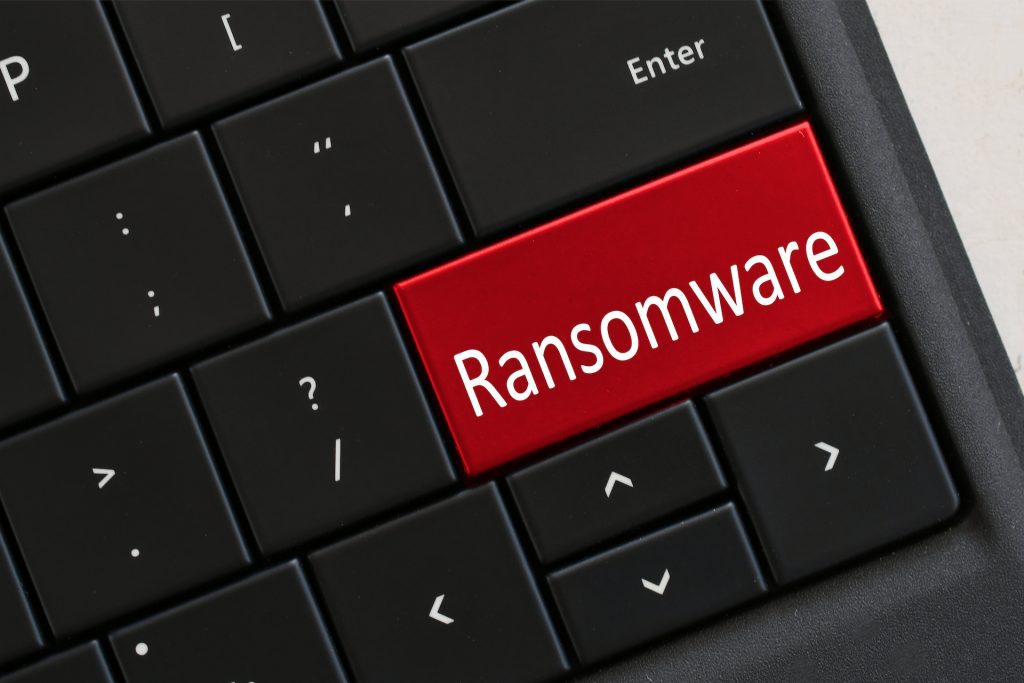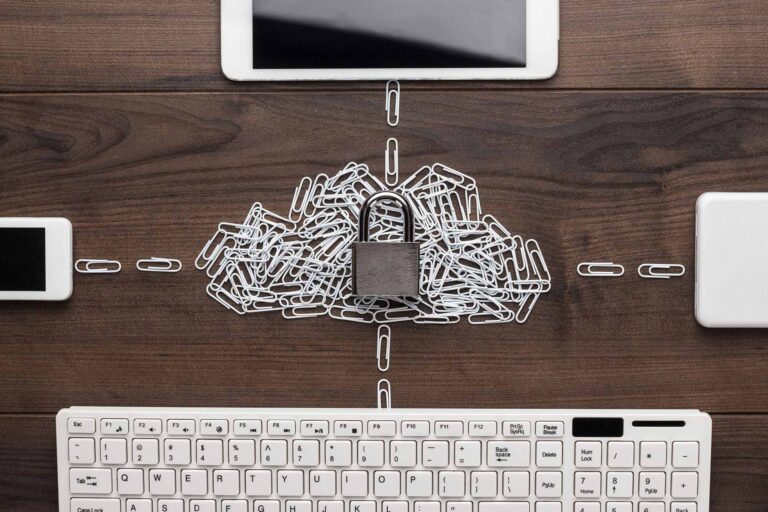What is Double Extortion Ransomware?
The classic ransomware scenario involved malicious programmes encrypting files with public-key RSA encryption and then deleting them if the victim did not pay the ransom. However, following the ransomware attacks WannaCry and NotPetya in 2017, businesses increased their cyber defences. The businesses focused more on backup and restoration operations. This way businesses could readily restore their data and could avoid paying hefty ransom for the data.
Cybercriminals, on the other hand, have altered their methods as well. Instead of only encrypting files, hackers exfiltrate the data first. They then leak the data online or sell it to the highest bidder if the company refuses to pay the ransom.
Also read: What Is “Data Encryption” And How Does It Help To Protect Your Data
Recent Rise in Double Extortion Ransomware
- These days, cybercriminals prefer double extortion ransomware. They use malware to steal sensitive information from compromised organisations. Once they get the sensitive information of the organisation, they threaten the organisation to release the information to the public.
- If the organisation is unable to recover its data from backups, it may be forced to pay the ransom. However, paying the ransom does not guarantee the cybercriminals will not share or sell their sensitive information to other crooks.
- Cybercriminals can further overload the websites of the affected organisation and use DDoS attacks (Distributed Denial-of-Service is a malicious attempt to disrupt the normal traffic of a targeted server, service or network by overwhelming the target or its surrounding infrastructure with a flood of Internet traffic) to put more pressure on the organisation to cooperate.
Therefore, there is a rise in double extortion ransomware because ransomware attacks are successful and lucrative for cybercriminals. That is why a lot of cybercriminals are getting into double extortion ransomware.
Also read: Top 6 Ransomware Attacks in Australia and How to Prevent Them
How IT Support Can Reduce the Risk of a Ransomware Attack?
– Secure the network to prevent cybercriminals from stealing the data.
– Provide technical assistance with computer software and hardware.
– Use available resources within the organisation to resolve technical issues immediately.
– Log bugs and enhancement requests.
– Install, configure and update hardware and software as needed.
– Resolve issues for the organisation through phone, electronically or in person.
Also read: What Is The Cost of IT System Downtime on Your Business?
Hiring a trustworthy and reliable IT support provider can help you prevent cybercriminals from stealing your sensitive information. If you are looking for an IT support provider to help your business to be out of malware and cyber-attacks, then contact Rule Technology to safeguard your business from hackers.




